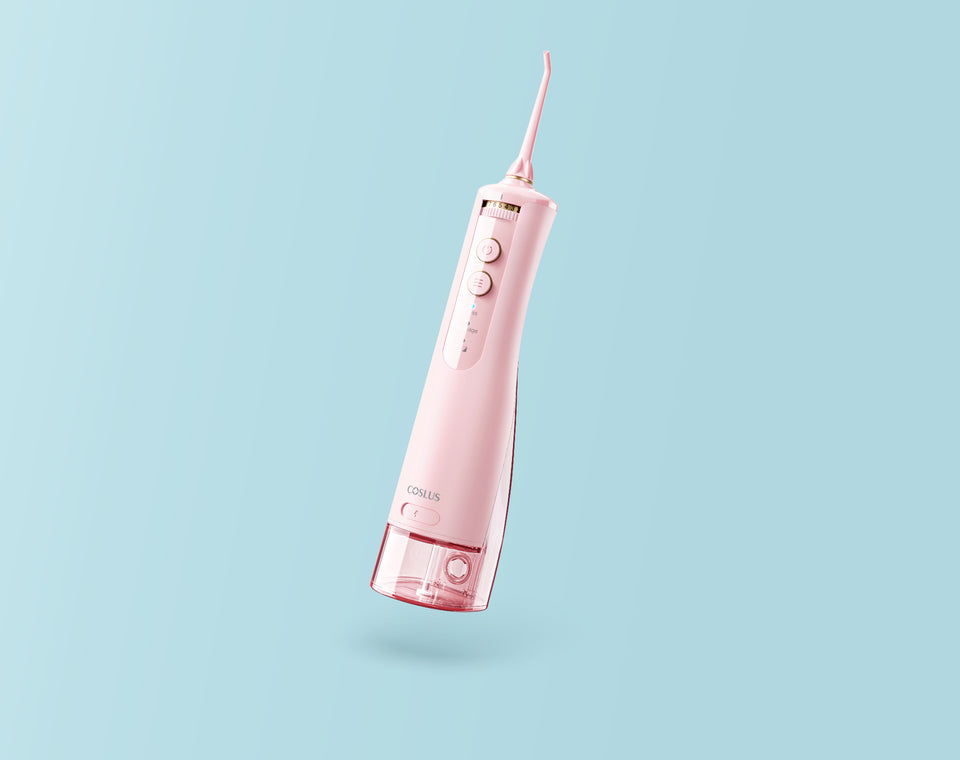Unlock the Secret to a Brighter Smile: Discover the Surprising Benefits of Water Flossing!
When it comes to maintaining optimal dental hygiene, many people are familiar with the traditional method of flossing. However, despite its effectiveness, traditional flossing can be a challenge for many. Whether it’s difficulty reaching certain areas, discomfort, or simply the hassle of using string, these barriers can lead to inconsistent oral care. Enter the teeth water flosser, a revolutionary tool that uses a stream of pulsating water to clean between teeth and along the gum line. This article delves into the world of water flossing, exploring its ease of use, effectiveness, and the numerous benefits it offers for a healthier smile.

Understanding Teeth Water Flossers
A teeth water flosser, often referred to as an oral irrigator, is a dental device that utilizes a targeted stream of pulsating water to remove food particles and plaque from hard-to-reach areas between teeth and below the gum line. Unlike traditional flossing methods, which rely on a thin piece of string, water flossers provide a gentler and often more effective approach to oral care. The technology behind water flossing involves a motor that generates pressure to create a focused stream of water, which can be adjusted to suit individual comfort levels. This makes it an excellent tool for anyone, especially those with braces, implants, or other dental work that makes traditional flossing difficult.
How to Use a Teeth Water Flosser Effectively
Using a teeth water flosser is straightforward and can easily be incorporated into your daily routine. Begin by filling the flosser's reservoir with lukewarm water. You might also add a small amount of mouthwash if desired. Position the flosser's tip in your mouth, leaning over the sink to catch any excess water. Turn the device on, starting with the lowest pressure setting. Aim the stream at the gum line, moving from tooth to tooth, ensuring to pause briefly between each tooth to allow the water to flush away debris. Follow this with a thorough rinse. After use, clean the flosser's tip and reservoir according to the manufacturer’s instructions to maintain hygiene and prolong the device's lifespan.
The Benefits of Water Flossing
The advantages of using a teeth water flosser extend beyond mere convenience. Studies have shown that water flossing can significantly improve gum health by reducing inflammation and bleeding. Additionally, it is effective at removing plaque, a sticky film that can lead to cavities and gum disease if not properly addressed. For those with braces or other dental appliances, water flossers can be a game-changer, easily reaching areas that traditional floss may struggle to clean. Furthermore, many users report that water flossing feels more comfortable and less tedious than traditional methods, making it easier to maintain a consistent dental hygiene routine.
Comparing Water Flossing to Traditional Flossing
While both water flossing and traditional flossing aim to promote oral health, they do so in different ways. Traditional flossing requires manual dexterity and can be challenging for individuals with limited mobility. Water flossing, on the other hand, is often seen as more user-friendly and less time-consuming. However, some dental professionals still recommend traditional flossing for certain users, noting that it can be more effective at removing stubborn plaque in tight spaces. Ultimately, the choice between the two methods may come down to personal preference and individual dental needs.
Common Myths and Misconceptions About Water Flossing
Despite the growing popularity of water flossers, several myths persist regarding their effectiveness. One common misconception is that water flossing is a complete substitute for traditional flossing. While water flossing can enhance oral hygiene, it is best used as a complementary method rather than a replacement. Another myth suggests that water flossing is ineffective against gum disease. In reality, studies indicate that water flossers can be just as effective, if not more so, in reducing gum disease symptoms when used correctly. By addressing these myths with factual information, users can make informed decisions about their oral care routines.
Enhancing Dental Hygiene with Water Flossers
In summary, teeth water flossers present an innovative and effective option for enhancing dental hygiene. Their ease of use, combined with numerous health benefits, makes them a valuable addition to any oral care routine. As you consider ways to improve your smile and overall dental health, think about incorporating a water flosser into your daily practices. With a brighter smile and healthier gums, you’ll be glad you did!








